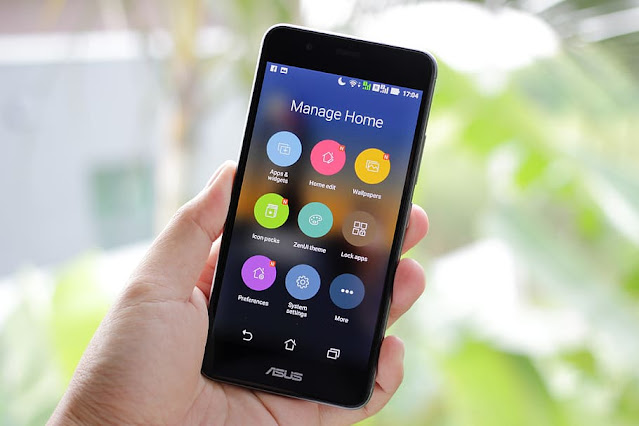That is why there is a 10 digit mobile number
That is why there is a 10 digit mobile number
It has been 22 years since the launch of mobile service in Nepal. Nepal Telecom first launched GSM mobile service in 1999. The mobile number has been 10 digits in Nepal since the first mobile service was launched.
It is estimated that this will be the same 10 digits mobile number for at least the next 25-30 years. In other countries, there are 12-digit, 9-digit, and 11-digit mobile numbers. But, what is the reason for having a 10 digits mobile number in Nepal?
This topic is interesting. Because mobile number frequency is as important for service providers. Numbers used in fixed lines like mobile and landline, CDMA is the limited resources of telecommunications. Since the number is also determined by the border, the issue of determining the number of any country is not only in the hands of the country concerned.
This requires a very comprehensive study. Officials of the National Numbering Branch of the regulatory Nepal Telecommunication Authority say that the number should be determined not only today but also for hundreds of years to come.
The numbers used by the users are prepared by the regulatory bodies of each country and distributed to the service providers following the E. 164 standards of the International Telecommunication Union (ITU). The service provider provides the mobile number to the user on the same basis.
According to ITU's E. 164, country code (977 in Nepal) can be increased up to a maximum of 15 digits by adding the lead number, operator code, and subscriber number. At present, Nepal's mobile number is only 10 numbers. But, in fact, as determined by the ITU, our mobile number with country code is 13 digits. However, we still have the option to add two numbers.
Apart from the country code, 10 numbers are also categorized in different ways. The first two digits of the GSM SIM we are using is the '98 'system code. This means that all numbers starting from 98 provided by any service provider in Nepal are GSM. One digit after 98 is the service provider's code. The rest of the numbers then vary according to the service.
The mobile number of the rural telecommunication service provider is 9 digits. The first 99 are system codes. The next one digit is the operator code and the next two are the area codes. The remaining 4 digits are the customer's number.
Similarly, in the case of a limited-service provider, 10 marks are given. The first two digits are the system code (96 and 97). The next digit is the service provider code and the next digit is the area code. The remaining 6 digits are customer numbers.
The number is determined by comparing the subscriber number with the population of Nepal. When NEA determined the current number, there were six service providers. Even if all the six service providers provide services to the entire population of the country, there will be 180 million SIMs. Based on that, we managed a number within 10 digits.
That's 10 points that we understand, that is, the 13-point capacity of the ITU standard is one billion. For that, NEA is preparing to make the operator code two by keeping the lead number only 9 and combining the front eight and seven with the back number.
By doing this, the operator code can be up to 100 OTAs. One operator code can create tens of millions of numbers and thus one billion numbers can be created from one hundred operator codes. It can be estimated that it will easily reach another 25-30 years.
However, this number may not reach the estimated time if people have to differentiate between IoT (Internet of Things) and M2M (Machine to Machine) as the technology changes as well as voice and data.
At present, telephone and mobile numbers are being used in vehicle tracking, data loggers, sending data from GPRS or 3G services in places where there is no internet, even in the place of the sensor network, in addition to numbers running on phone devices.
But with the advent of technology like FiveG, IoT, he may also need numbers. The current estimated SIM may not reach that. In such a case, even if the 13-digit number resource has been exhausted, the number can be made up to 15 digits as per the criteria of ITU. That still leaves room for large numbers.




Comments
Post a Comment
If you have any doubts. Please let me know.